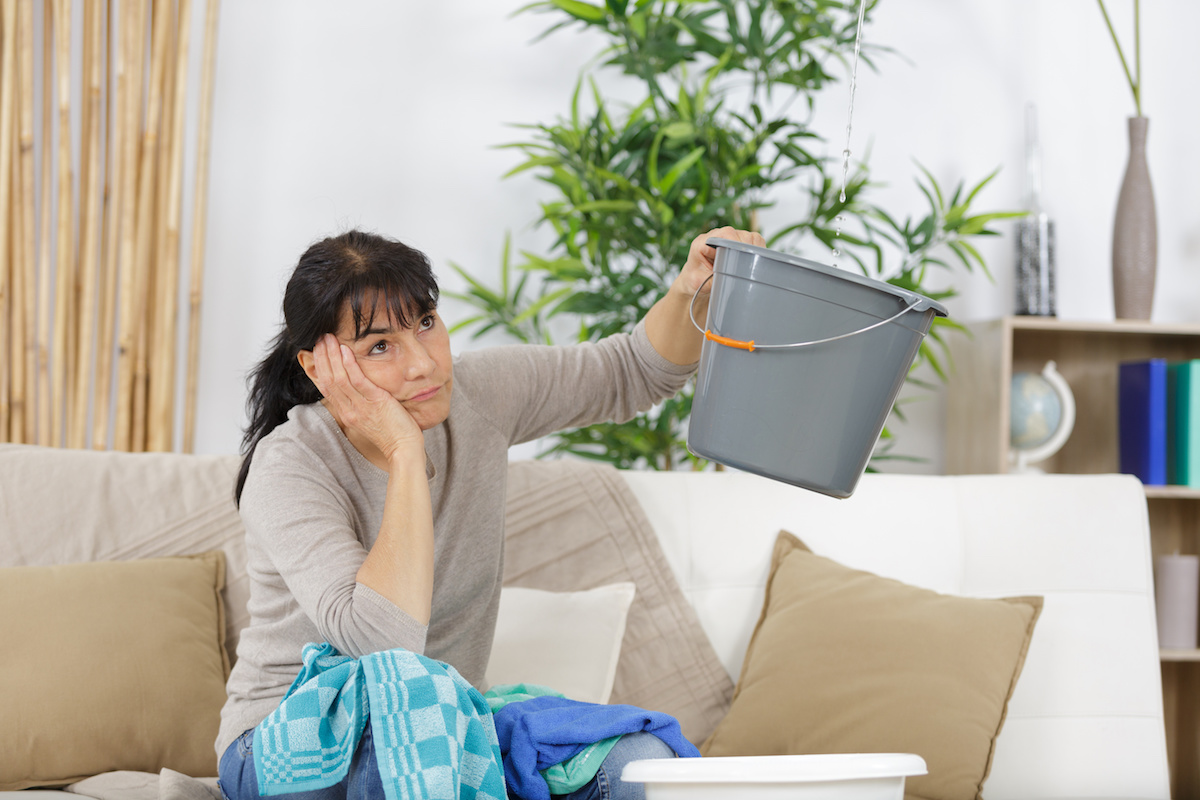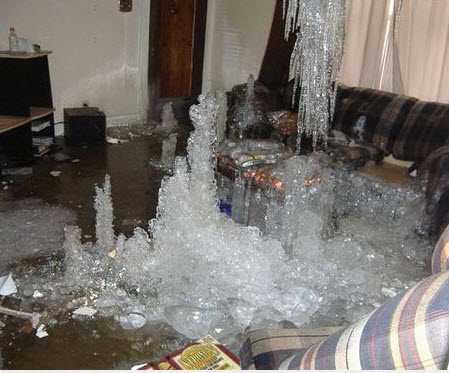The Thorough Guide to Septic Tank Maintenance: Everything You Need to Know
The Thorough Guide to Septic Tank Maintenance: Everything You Need to Know
Blog Article
We have uncovered this article relating to The Do’s And Don’ts When Water Floods Your Home listed below on the web and concluded it made perfect sense to discuss it with you on this site.

What should you do if a water pipeline bursts in your house? The longer you wait, the more extreme the damages that can occur to your residential property. For these reasons, you require to discover exactly how to act in the event of a burst water pipeline.
Shut down the Key Waterline Shutoff
The first thing to do? Close the shut-off valve. Look for the neighborhood shut-off shutoff to shut off the water in one particular area just. If you do not understand where the localized shut-off valve is, go with the major water line valve and transform it off. This step will remove the water promptly in your whole house. Generally, the primary valve is located outside the house next to the water meter. If it's not there, you can additionally discover it in two areas: in the basement at eye level or the first floor on the ground. Typically, building contractors placed the shut-off valve generally ground level bathroom or appropriate next to it.
Call Water Damage Reconstruction Pros for Assistance
After shutting the water source, call the experts for help. Due to the fact that the pipes required to be fixed as well as there is a demand to deal with the various other damages to your building, this situation is not something you can do some Do it yourself. If you can not cope, seek aid from a trusted firm offering 24/7 emergency solutions. With their professional aid, you can prevent much bigger water damages including distorted walls, loose ceramic tiles, or harmed frameworks. Don't take this issue gently and also seek expert support for your full assurance as well as a credible service.
Paper the Damages For Insurance
While you're waiting for the pros to show up, obtain some paperwork of the damages triggered by the wayward pipeline. Take pictures and also video clips of everything. Do close-up shots of the damaged prized possessions as well as areas. Your documentation will certainly function as evidence for your house owner's insurance coverage. Maintaining positive with this circumstance assists you to sue for protection, which will additionally support you and your household to return on your feet.
Restore Things That Can Be Saved
Once you're done taking pictures, examine the harmed things and take out the most important ones from the stack. Dry them off in a dry/warm location away from the damaged area and also attempt to protect them as long as you can. Drag as much moisture as you can to the material so it can start to dry.
Begin the Drying Process
You require to start the drying procedure asap. Luckily, the water from your waterlines is already clean so you do not need to bother with drain water. The flowing water might have disrupted the dust and also particles in your floorboards as well as carpets. In this instance, placed some gloves on and also start some troubleshooting. Use pails to discard out the water. Blot out as much water as you can from the surface areas with old towels. Switch on an electrical follower or open your windows to promote air blood circulation. These actions will accelerate to dry and prevent mold and also mildew development.
Experts are the only people certified to assess properly and take care of the burs pipes and also subsequent damages. As always, pipes do not just unexpectedly break out of the blue. They normally give silent warnings like bubbling paint, water discolorations. Weird sounds in the plumbing, caving ceiling, musty odor, or peeling off wallpaper. Remember of these indicators as well as do some safety nets so you can nip any problems in the bud.
What should you do if a water pipeline ruptureds in your house? For these reasons, you require to find out how to act in the event of a ruptured water pipeline. After shutting the water source, call the specialists for aid. With their expert assistance, you can protect against much larger water damage consisting of deformed baseboards, loose ceramic tiles, or harmed frameworks. Thankfully, the water from your waterlines is already clean so you do not have to stress about sewage system water.
Water Pipe Burst: Steps You Need to Take Now
Freezing Temperatures
If you live in a climate where temperatures drop below freezing, be aware of the heightened potential for pipe problems.
When temperatures drop, the water inside your pipes may turn to ice. As more water trickles in, the frozen area grows… and the frozen water expands.
Over time, the pressure may be too much. Bonds in the pipe weaken and cracks form. When the ice finally melts, the temperature change can shatter both the ice and the surrounding pipe. If the pressure is strong enough, the pipe bursts.
Rust and Corrosion
Corrosion is another common cause of burst pipes. Rust and corrosion build up inside pipes, especially in older homes and in areas where water has a high iron content.
Over time, the corrosion weakens pipes, leading to an increased chance of a burst. Steel pipes are especially susceptible to rust.
To prevent rust and corrosion, replace steel pipes with plastic or copper. These types of pipes tend to resist corrosion longer.
Tree Roots
When trees around your home grow taller, their roots grow downward and outward, too. Sometimes, roots come in contact with water pipes.
In a battle between tree roots and pipes, the roots usually win. As roots continue to grow and press against the pipes, the pipes crack, leading to leaks.
To keep roots from encroaching, be sure to plant trees far from your water pipes. Choose slow-growing tree varieties that have small root balls.
If trees are already encroaching, you may try to add a physical or chemical barrier to prevent roots from accessing pipes.
Clogs
You already know that clogs can back up your sink and shower drains. But did you know that they can lead to burst pipes, too? A clog can cause water pressure to build up behind it, especially if it’s deep within the system.
That’s why it’s important to be mindful of what gets poured down the drain, goes into the garbage disposal, and flushed down the toilet. Limiting drains to water and approved materials can help prevent deep clogs.
What Happens When a Water Pipe Bursts?
Speaking of water damage, what happens after a water pipe burst? The bad news is that, if left unrepaired for too long, a burst pipe can result in serious damage to your home.
First, there’s mold growth. After just three days, mold and mildew can start to grow. Mold loves dampness; if the water sits too long or areas don’t get thoroughly dry, mold can take over.
Mold exposure has been linked to respiratory problems. It’s especially bad for those with allergies or asthma, as it can exacerbate both issues.
If you want to sell your home, mold can really throw a wrench in your plans. It’s important to prevent the growth of this toxic substance.

As a devoted reader on The Do’s And Don’ts After Water Damage, I was thinking sharing that piece of content was a good idea. Sharing is good. You just don't know, you may be helping someone out. I am grateful for your time. Please come visit our website back soon.
Report this page